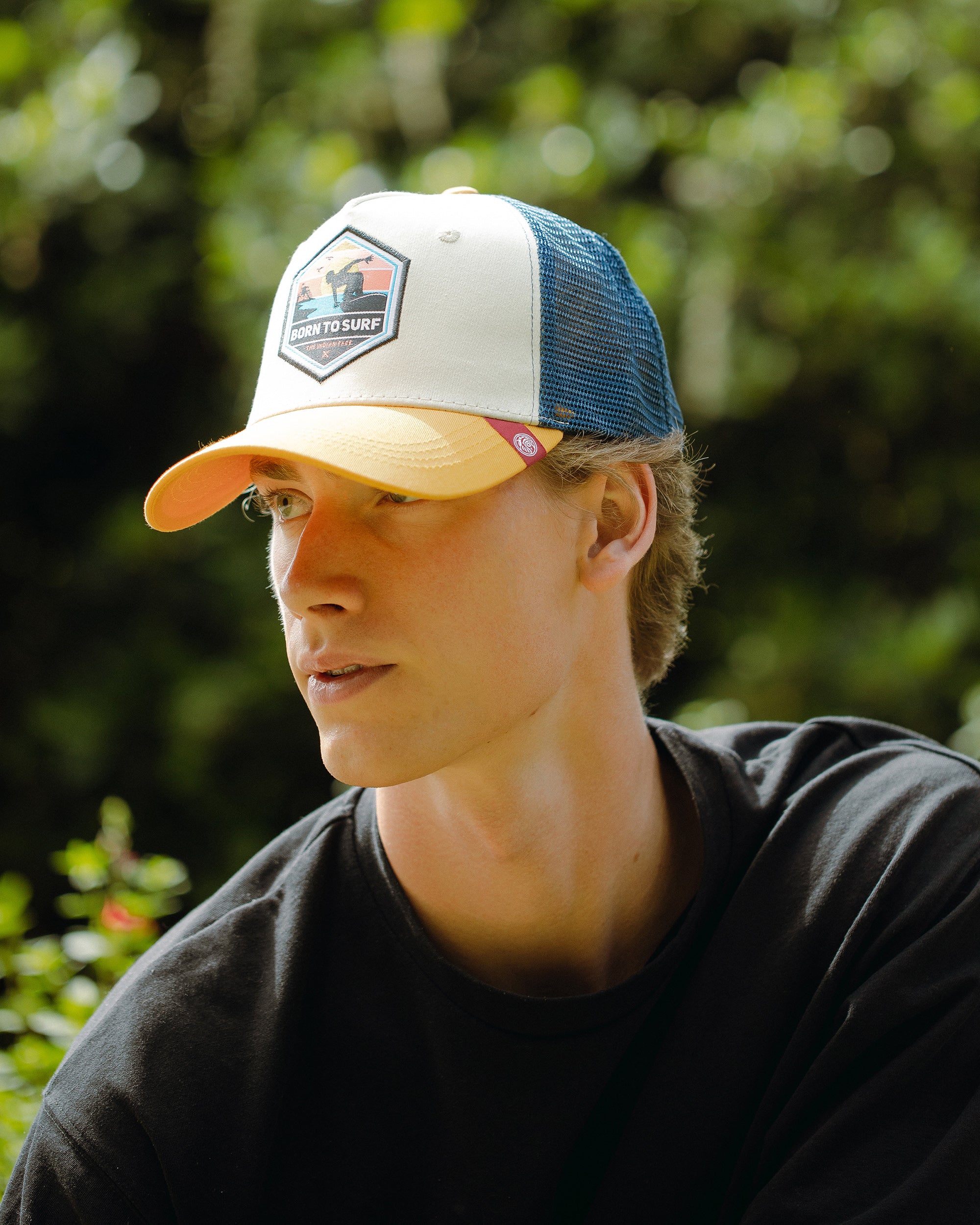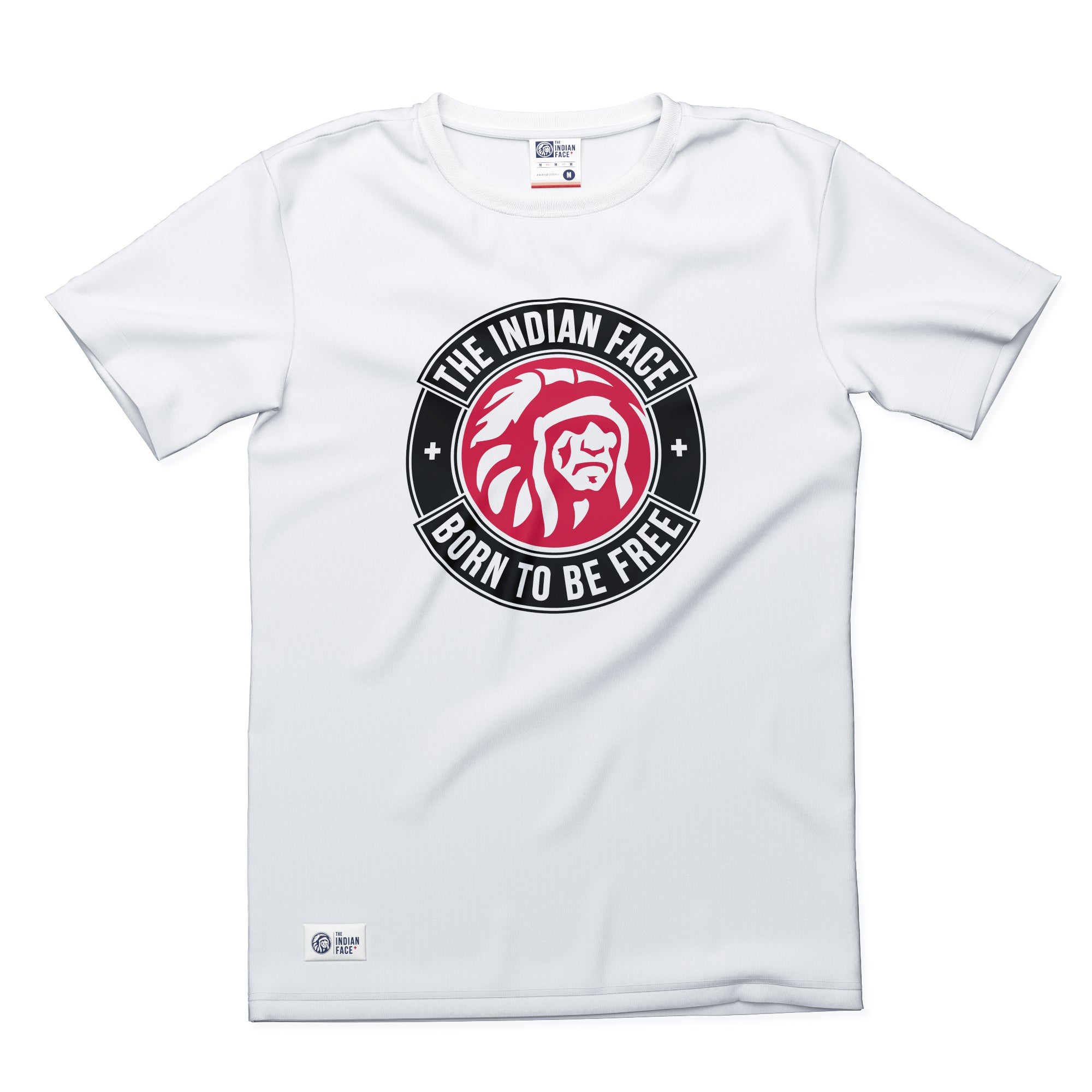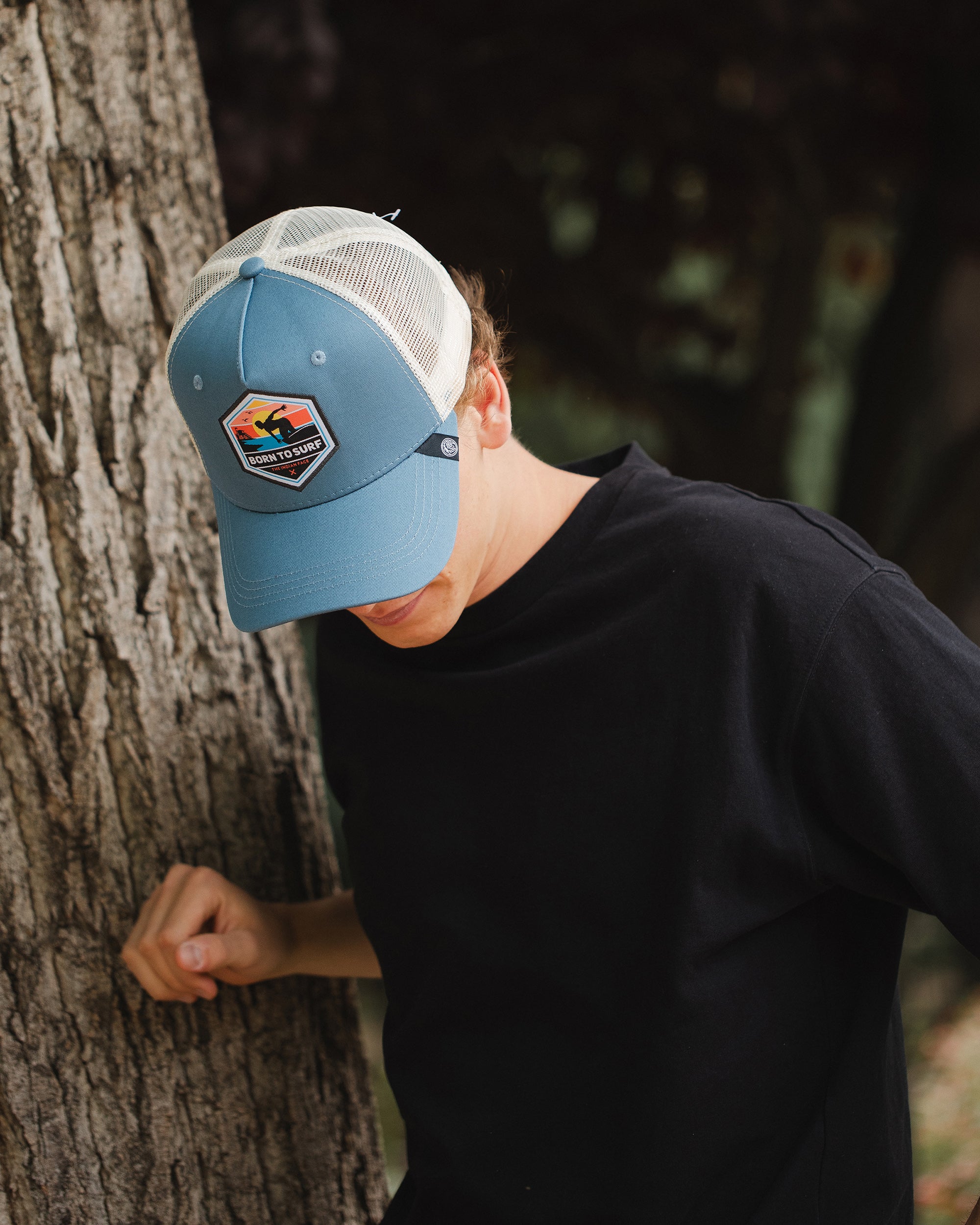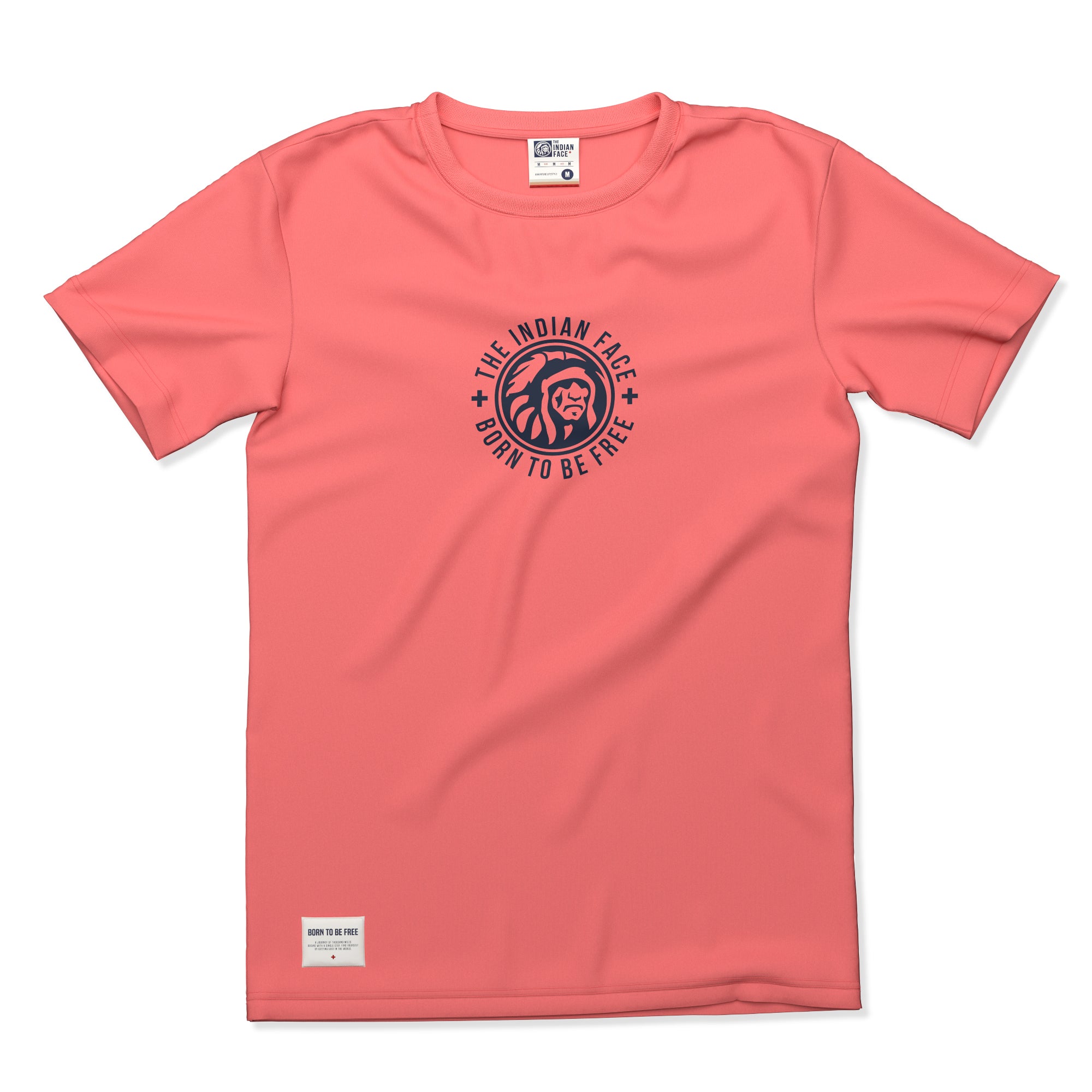Nature and adventure lovers see the sea and waves in a different and unique way. For us, it's not just salt water... It's not just wind energy or "mechanical waves" as they are scientifically known, nor a simple change in density and pressure. There are a lot of things about surfing that you still don't know, keep reading and find out!
Although the science behind this natural phenomenon explains how waves are generated, it is the more than 35 million surfers around the world who give them their true meaning.
Modern surfing, though it has become a global industry that generates approximately 7.3 billion euros a year, has long sought to tame nature, test the human condition, and experience the freedom that all this entails.
And this is something that real surfers know by heart. Do you know it? If you are not a professional surfer or you are just starting out in the sport, we have compiled the best fun facts about surfing, so you can learn more about this incredible extreme sport. You can't miss them!

DISCOVER 10 THINGS YOU DIDN'T KNOW ABOUT SURFING AND WAVES!
- Surfing was not invented in Hawaii but in Peru!
If you thought surfing originated in Hawaii, think again. Although we think of Hawaiians as the creators of this sport, surfing actually originated in America before the arrival of Christopher Columbus in 1492.
In northern Peru, ceramic pieces sculpted by ancient civilizations have been found, in which human figures are detailed on boards between the waves.
Certainly, by the year 1778 when the Europeans arrived in Hawaii, surfing was already part of their culture, but only because they had previously traveled to Peru on one of their voyages, like the brave navigators that they have always been, and would have then adopted this discipline into their culture, which was incredibly adapted to their coasts and sea currents.
But the story doesn't end there! As colonizers approached the Hawaiian Islands, they began banning all traditional Aboriginal activities as part of their indoctrination - including surfing - between the 18th and 19th centuries. Surfing subsequently re-emerged in the 20th century.
And we owe this revival to Olympic swimming champion Duke Kahanamoku, also known as the “Big Kahuna”, born in Honolulu in 1890. Today, Duke is considered the inventor of modern surfing, as he was able to promote and spread this ancient Hawaiian discipline. Sometimes he would build his own board on the spot to surf!
- The first surfing championship in history was held in 1928.
The Pacific Coast Surfriding Championship was organized by 12 members of a local surf club in California (USA), who managed to hold the first surfing tournament in history in Corona Mar. Europe did not hold surfing championships until 1979, when they held the Lacanau Pro in France.
- The largest recorded wave in history measured 530 meters!
In 1958, the largest wave to date, measuring approximately 530 m, was recorded in Alaska, following a magnitude 7.8 earthquake in Lituya Bay.
- Gary Saavedra holds the world record for the longest time spent surfing on a board.
The Panamanian surfer achieved his feat in Gatun Lake, located on the Pacific side of the Panama Canal.In 2011, Gary traveled 66.46 kilometers in total, while wake surfing on a non-static wave generated by a boat in the area. Gary Saavedra stayed on his surfboard for three hours and 55 minutes.
- Donald Detlof has been the largest collector of surfboards in the world.
The collection was kept for many years in his own home in Hawaii and numbers over 800 boards of different styles, sizes and constructions. It started as a small hobby to keep unused boards from being destroyed, and soon all the locals were dropping off their unused boards on his doorstep. Detlof eventually used the surfboards to build a fence around his house. Interesting, huh?
- Henry P. Douglas was the creator of the sea classification scale, based on wave size.
In 1917, Henry P. Douglas created a scale to classify the different sea states using wave size as a reference. Douglas was then director of the British Navy's Meteorological Service, and served under the rank of vice admiral. Hence, the "Douglas" scale is the one currently used for maritime indications, waves and tides. Currently, in the practice of surfing, two scales are taken into consideration to measure the intensity of waves: In addition to the Douglas Scale, which classifies the different sea states in 10 degrees in relation to the size of the waves, the Beaufort Scale is also taken into consideration, whose empirical measurement focuses on the intensity of the wind, based on the state of the sea, the force of the wind and its waves.
- Is it possible to surf in a river? The answer is yes!
It is certainly not as well known and appreciated as surfing in the sea, but the truth is that river surfing has become increasingly popular. Freshwater surfing is possible at certain times of the year, when some rivers create reverse flows that allow the generation of waves, which are commonly known as tidal holes. Some places where you can surf in rivers are France, which is loaded with waves from the water that melts from the Alps; also the Ottawa River in Canada; in Missoula, Montana (USA); and in Munich, Germany; among others. Do you dare to try it?
- Dogs are not left behind in the world of surfing!
In fact, dogs have their own international surfing competition in Huntington Beach, California, where they are judged on their confidence in the waves and how long they stay on the board. The annual Surf City Surf Dog Contest has been held for years to raise money for animal welfare organizations. Who would have thought!
- The biggest wave ever surfed measured 24.38 metres.
Rodrigo Koxa was the brave surfer who tamed it at Praia do Noreste, in Nazaré (Portugal), where the biggest waves in the world are surfed. The event took place on November 8, 2017. In this way, Koxa beats the previous Guinness Record set in this same location by surfer Garret McNamara, of 23.7 meters. However, there is still debate about whether McNamara himself has broken the record after surfing a huge 30-meter wave there, although this has not been officially confirmed by the Guinness World Records committee.
- Can you ski on waves?
You read that right: wave skiing! Wave Skiing It is a reality that very few people know about, and it is that… Who came up with the idea of combining skiing and surfing in such an amazing way? Waveskiing is a sport that has been around since the 70s and was previously known as “Paddle skiing”, but then it was given its official name to avoid confusion with other similar water sports. Since then, waveskiing has grown to become a dynamic sport to practice between big waves in the sea. This sport has its own equipment and board model (depending on the case) and also comes with a kayak paddle that the surfer/skier supports himself with to perform his maneuvers. Surely not many people had heard about skiing on waves! However, skier and surfer Chuck Patterson has become increasingly popular skiing waves with real skis in Pe'ahí (Hawaii), the famous spot that surfers simply call “JAWS”. Incredible, right?
 A little information about surfing never hurts, but the real experience comes from the action. If you love extreme sports and want to venture into the world of surfing, remember to practice a lot, understand the risks, and become one with the sea. Go ahead, crack!
A little information about surfing never hurts, but the real experience comes from the action. If you love extreme sports and want to venture into the world of surfing, remember to practice a lot, understand the risks, and become one with the sea. Go ahead, crack!

















































